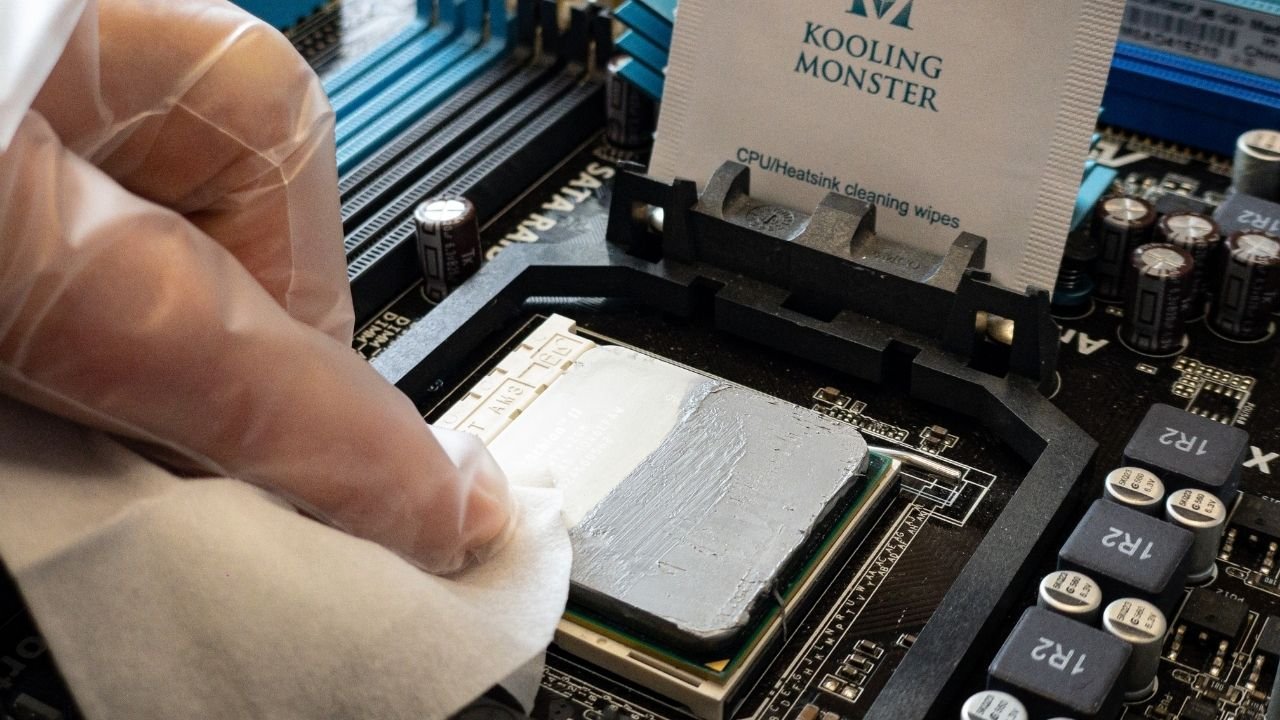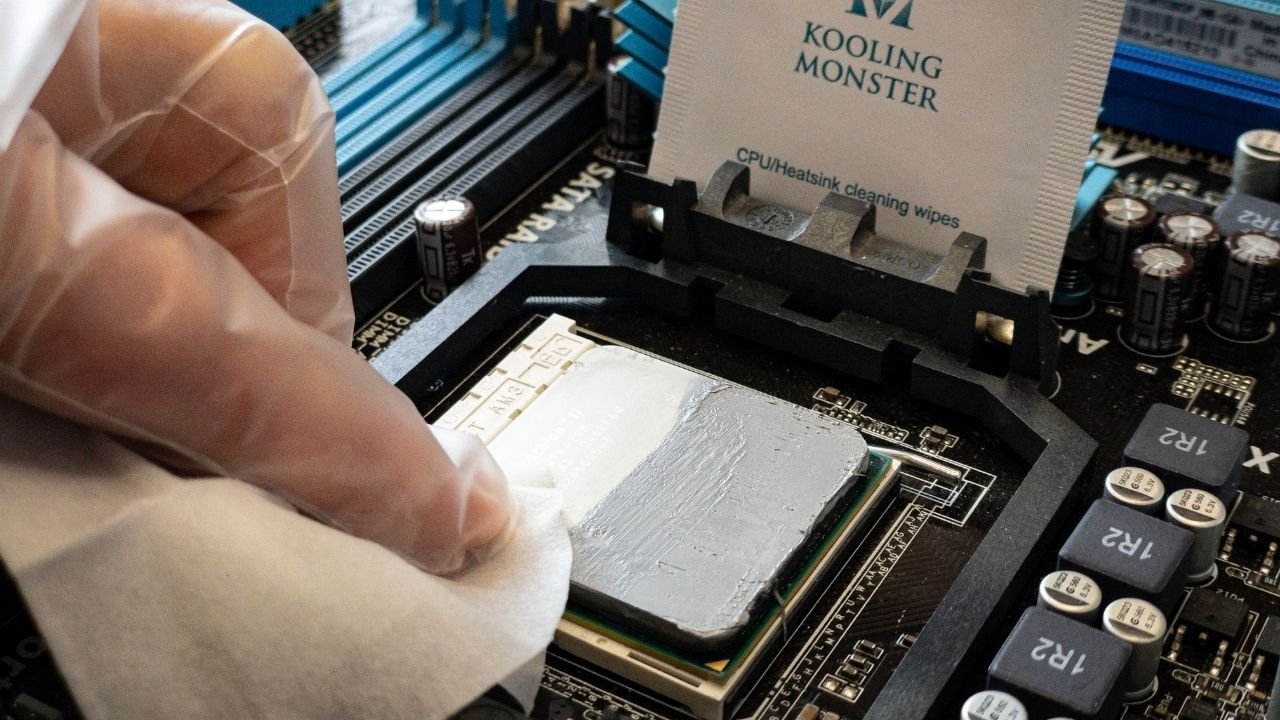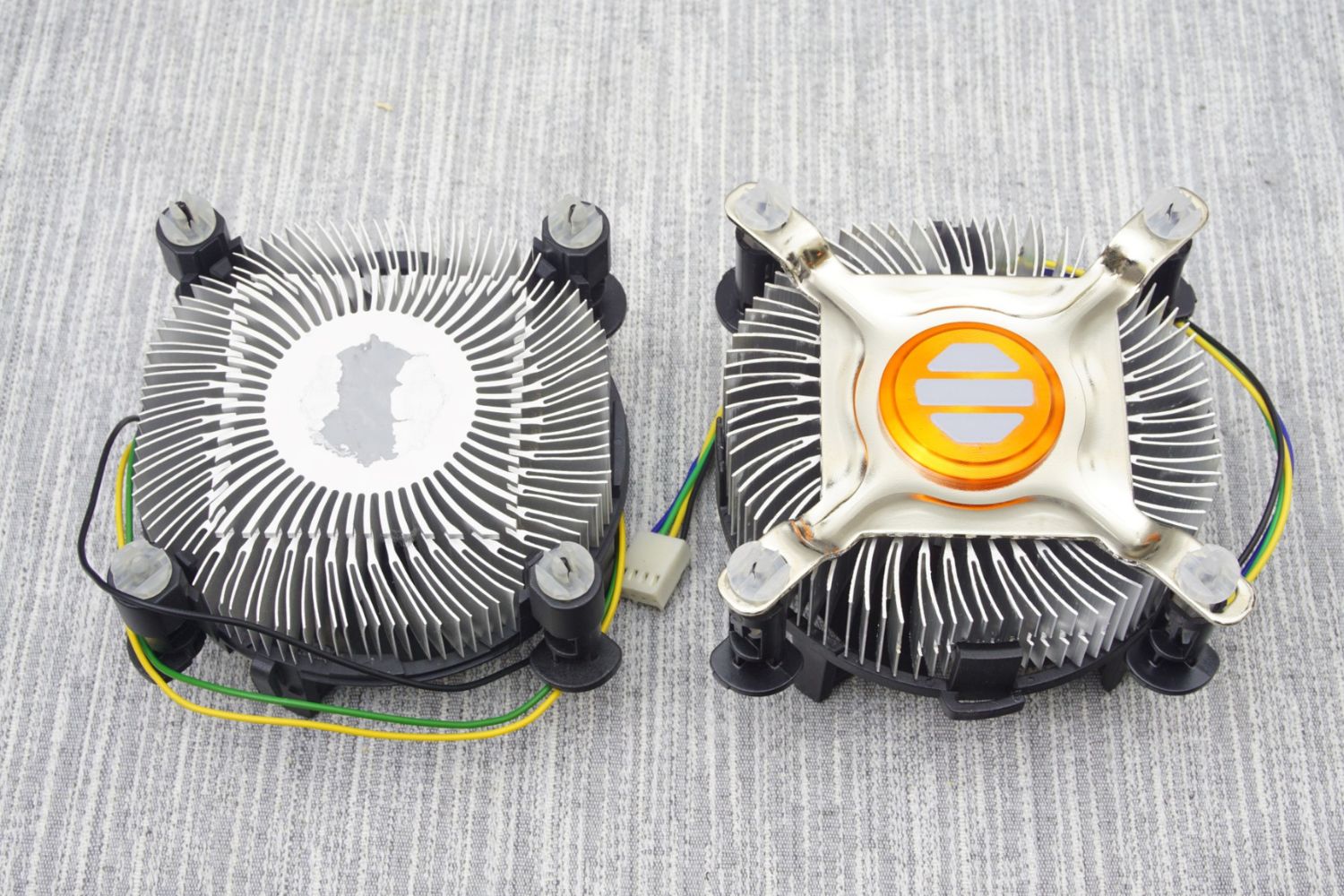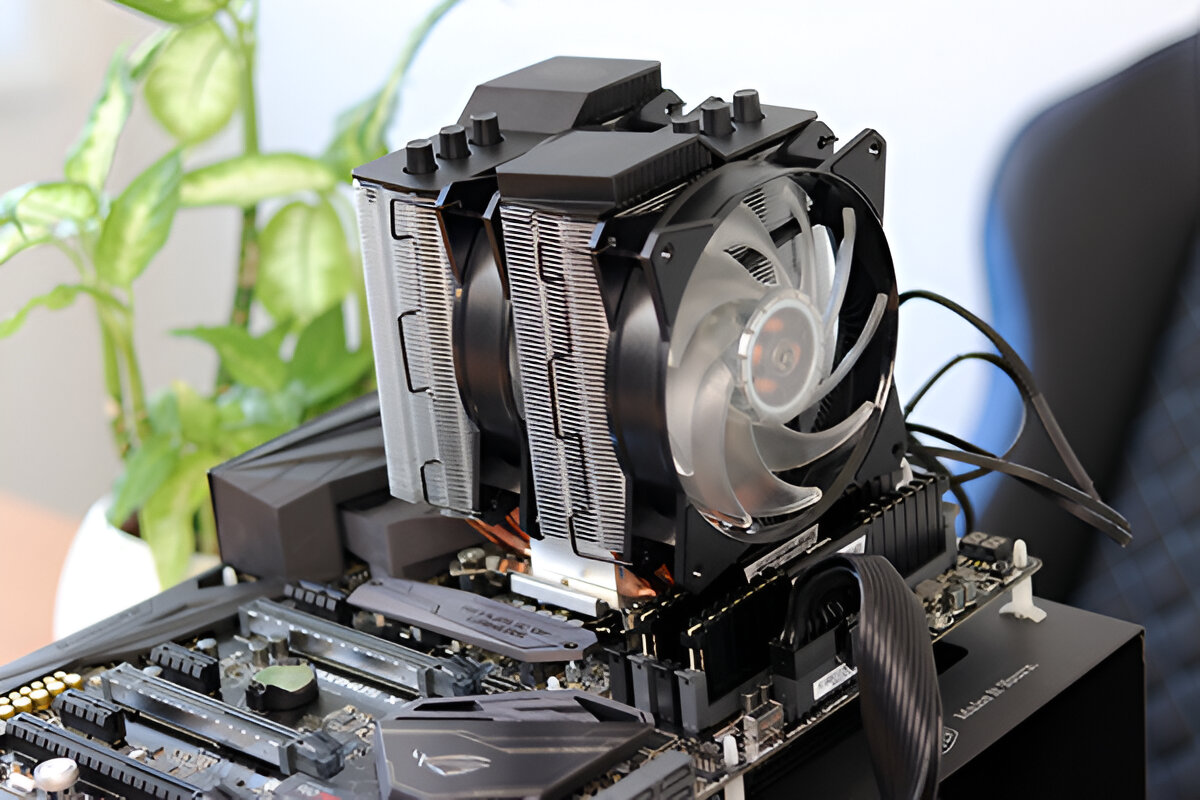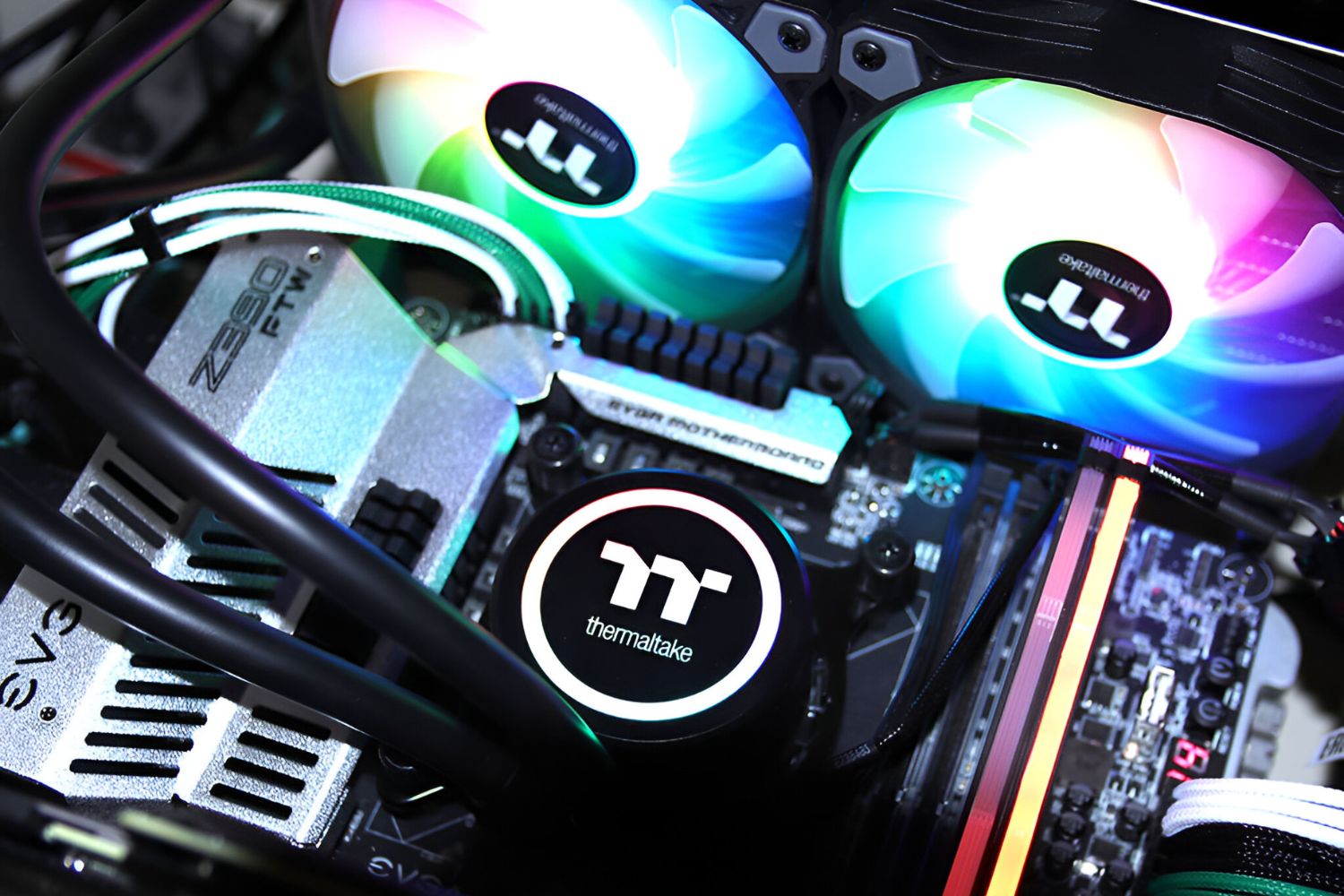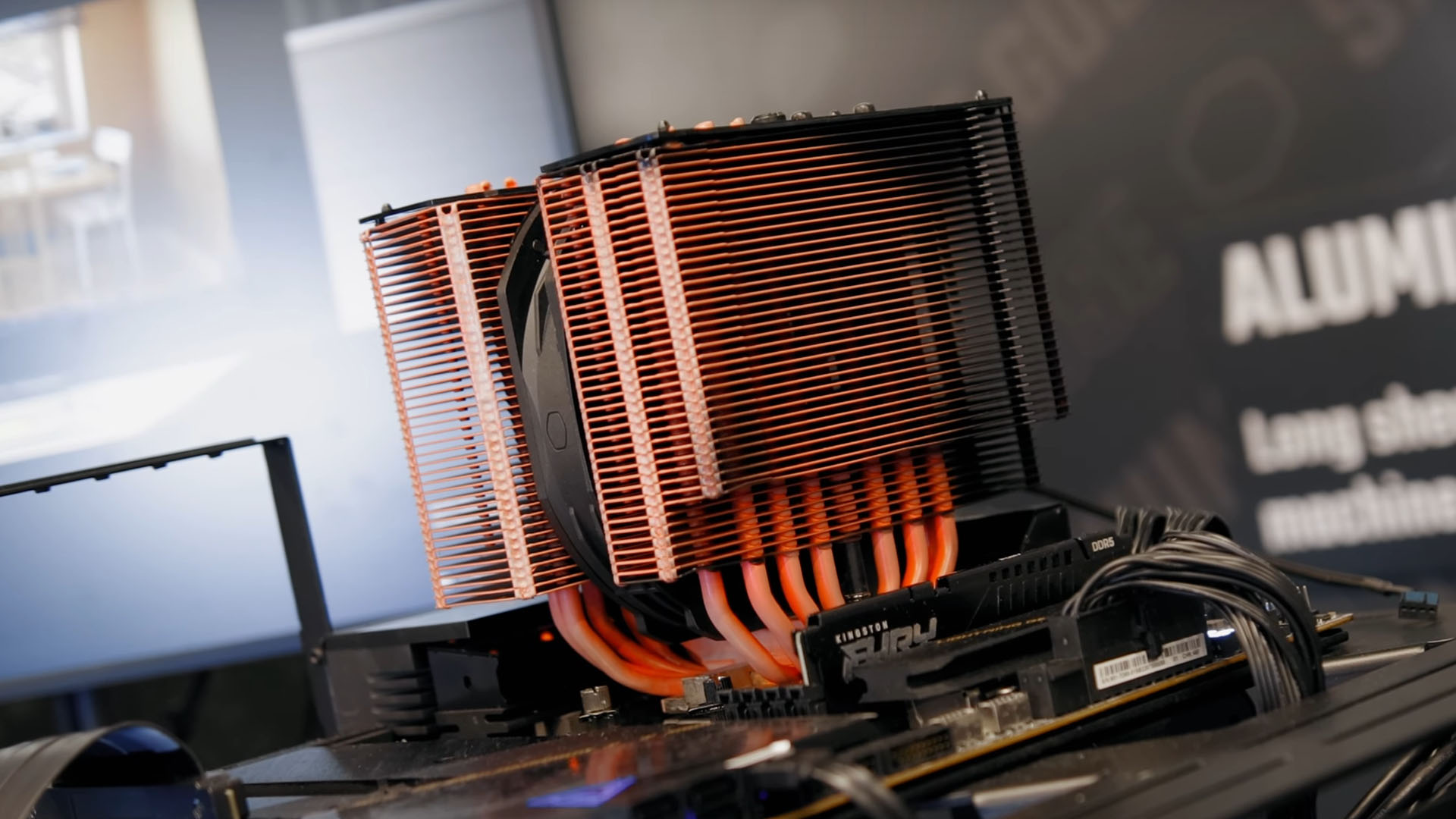The Problem with Old CPUs
As technology advances at a rapid pace, it’s common for computer enthusiasts to upgrade their CPUs frequently, leaving behind a pile of old processors that are no longer in use. These outdated CPUs can pose an environmental and space challenge if not dealt with properly.
Firstly, old CPUs contain hazardous materials such as lead, mercury, and cadmium, which can be harmful to the environment if not disposed of correctly. The improper disposal of electronic waste leads to the release of these toxic substances into the soil and water, polluting the ecosystem and posing a health risk to living organisms.
Secondly, keeping old CPUs stored away in a corner of your house or office takes up valuable space that could be better used for other purposes. Instead of cluttering your space with unused processors, it’s important to explore various options for repurposing or recycling them.
Furthermore, these outdated CPUs often end up in landfills, contributing to the growing problem of electronic waste. Landfills are not designed to handle electronic waste properly, and without appropriate recycling measures in place, precious metals and other valuable components found in old CPUs go to waste, further depleting limited natural resources.
Overall, the problem with old CPUs lies in the potential environmental harm, wasted resources, and added clutter they create. It’s essential to find responsible and sustainable ways to deal with these outdated processors to mitigate their negative impact on the environment and maximize their potential.
Option 1: Donate or Sell
When faced with the dilemma of what to do with an old CPU, one of the most beneficial options is to consider donating or selling it. This not only helps you declutter your space but also allows someone else to make use of the hardware.
If your CPU is still in good working condition, consider donating it to a local school, non-profit organization, or community center. Many educational institutions or charitable organizations may be in need of hardware for their computer labs or other initiatives. Donating your old CPU can provide much-needed resources to those who may not have access to them otherwise.
On the other hand, if you’re looking to recoup some of the value of your old CPU, selling it can be a viable option. There are numerous online platforms and marketplaces, such as eBay or Craigslist, where you can list and sell your used computer components. Research the value of your CPU to ensure you set a fair price and attract potential buyers.
Before donating or selling your old CPU, ensure that you erase any personal data or sensitive information stored on the device. Formatting the hard drive or using secure data erasure software will help protect your privacy and prevent any potential data breaches.
By donating or selling your old CPU, you give it a new lease on life while also benefiting others who are in need of computing resources. It’s a win-win situation that allows you to contribute to a good cause or earn some extra cash.
Option 2: Repurpose as a Media Center
If you have an old CPU lying around, one creative way to give it a new purpose is by turning it into a media center. With some simple modifications and software installations, you can transform your old processor into a versatile entertainment hub.
The first step is to choose a suitable media center operating system to install on your old CPU. Popular options include Kodi, Plex, and Emby, which provide a user-friendly interface for managing and streaming media content.
Next, connect your old CPU to your television or monitor and ensure it has sufficient storage space to hold your media library. You may need to add an external hard drive or upgrade the existing storage to accommodate your collection of movies, TV shows, and music.
Once your media center is set up, you can use it to stream your favorite movies and TV shows, listen to music, view photos, and even access online content such as YouTube or Netflix. Some media center software also allows you to organize and navigate your media library with ease, providing a seamless entertainment experience.
Repurposing your old CPU as a media center not only allows you to make use of outdated hardware but also provides a cost-effective alternative to purchasing a dedicated media streaming device. Plus, it gives you the flexibility to customize and personalize your media center to suit your specific needs and preferences.
Remember to connect your media center CPU to your home network for seamless streaming and ensure it is kept up to date with the latest software updates and security patches to provide a safe and optimized media experience.
By repurposing your old CPU as a media center, you can breathe new life into the hardware and elevate your entertainment setup without breaking the bank.
Option 3: Turn It into a Home Server
Another fantastic way to put your old CPU to use is by converting it into a home server. A home server allows you to centralize and manage various tasks, such as file storage, media streaming, backup solutions, and hosting services, all from the comfort of your own home.
To turn your old CPU into a home server, you’ll need to install a server operating system such as Windows Server, Linux, or FreeNAS. These operating systems provide robust features and functionalities specifically designed for server environments.
Once your server operating system is installed, you can configure it to suit your needs. For example, you can set up network-attached storage (NAS) to store and share files across devices on your home network. You can also utilize media server software to stream media content to your smart TV or other compatible devices.
Additionally, a home server can serve as a backup solution for your important files and documents. By setting up automatic backup routines, you can ensure that your data is protected and easily recoverable in case of any unforeseen events.
If you’re tech-savvy and want to explore more advanced options, you can even use your old CPU as a web server, game server, or virtual private network (VPN) server. These features allow you to host websites, run multiplayer games, or securely access your home network remotely.
As you repurpose your old CPU into a home server, keep in mind the hardware requirements and connectivity options. You may need to add more storage drives, upgrade the RAM, or connect it to your home network via Ethernet for optimal performance.
By transforming your old CPU into a home server, you not only save money on buying dedicated server hardware but also gain control over your own personal cloud-based ecosystem. It’s a practical and versatile way to make use of your outdated hardware while expanding your technological capabilities.
Option 4: Create a Retro Gaming Console
If you’re a nostalgia-driven gamer or simply looking for a fun project, why not transform your old CPU into a retro gaming console? With the right software and accessories, you can relive the golden era of gaming with classic titles and iconic consoles.
The first step in creating a retro gaming console is selecting the appropriate emulation software. Popular options include RetroPie, Lakka, and Recalbox, which provide user-friendly interfaces and support for a wide range of retro gaming platforms.
Once you’ve chosen your emulation software, you’ll need to gather the necessary peripherals. This includes gamepad controllers or USB adapters to connect your existing gaming controllers to the CPU. Consider obtaining a versatile controller that can emulate the feel of various classic gaming systems.
Next, you’ll need to acquire the ROMs (game files) for the retro games you want to play. It’s essential to ensure that you own a legal copy of the games you download. There are numerous websites and online communities dedicated to preserving and sharing ROMs for older gaming consoles.
After installing the emulation software and loading your chosen games, you can connect your retro gaming console to a TV or monitor and start playing. Many emulation software options allow you to customize the graphics and audio settings to enhance the experience.
Creating a retro gaming console not only breathes new life into your old CPU but also provides a nostalgic trip down memory lane. You can revisit your favorite childhood games and introduce classic titles to a new generation.
Keep in mind that creating a retro gaming console requires some technical know-how and may involve troubleshooting and configuring the software. However, there are extensive online communities and forums that can provide guidance and support throughout the process.
By repurposing your old CPU into a retro gaming console, you can relive the magic of classic games and unlock a world of nostalgia, all while giving your outdated hardware a fresh and exciting purpose.
Option 5: Recycle Responsibly
If your old CPU is no longer functional or none of the previous options suit your needs, the best course of action is to recycle it responsibly. Recycling electronic waste is essential for reducing the environmental impact of outdated hardware and conserving valuable resources.
When it comes to recycling your old CPU, there are a few key steps to follow to ensure responsible disposal:
1. Research Recycling Options: Look for local recycling centers or programs in your area that accept electronic waste. These facilities specialize in safely dismantling and recycling electronic components while minimizing environmental harm.
2. Remove Personal Data: Before recycling your old CPU, it’s crucial to securely erase any personal data stored on the device. Use data erasure software or physically remove and destroy the hard drive to protect your privacy.
3. Check for Recycling Programs: Many manufacturers and retailers have recycling programs in place for electronic devices. Check with the original manufacturer or consider returning the CPU to the retailer if they offer recycling services.
4. Consult Regulations: Be aware of any specific regulations or guidelines related to electronic waste disposal in your area. Some jurisdictions have laws in place that mandate the proper handling and recycling of electronic devices.
By recycling your old CPU, you contribute to the reduction of electronic waste in landfills and promote the responsible use of resources. Recycling facilities have specialized processes in place to extract valuable materials, such as copper and gold, from old CPUs, reducing the need for mining new resources.
Moreover, recycling prevents hazardous substances, like lead and mercury, from leaching into the environment and causing pollution. Responsible electronic waste management helps protect ecosystems, conserve energy, and minimize the carbon footprint associated with manufacturing new computer components.
By taking the time to recycle your old CPU properly, you can play an active role in preserving the environment and ensuring a sustainable future for generations to come.
Conclusion
When faced with the question of what to do with an old CPU, there are several options to consider. Whether you choose to donate or sell it, repurpose it as a media center or home server, create a retro gaming console, or recycle it responsibly, each choice offers its unique benefits and opportunities.
Donating or selling your old CPU allows you to pass on usable hardware to those in need or recoup some of its value. Repurposing it as a media center or home server transforms the processor into a versatile device that can enhance your entertainment or productivity setup. Creating a retro gaming console enables you to relive nostalgic gaming experiences and introduce classic games to a new generation. Finally, recycling your old CPU responsibly ensures that valuable resources are conserved, and electronic waste is handled in an environmentally friendly manner.
Ultimately, the best option for your old CPU will depend on your personal preferences, needs, and the condition of the hardware. It’s essential to consider the environmental impact and strive to make a responsible decision for the disposal of electronic waste.
By repurposing or recycling your old CPU, you can give it a renewed purpose and contribute to a more sustainable and eco-friendly approach to technology. Whether it finds a new home with someone else, becomes part of your entertainment setup, or undergoes proper recycling, your old CPU can continue to make a positive impact beyond its original function.
So, take the time to explore these options, weigh the pros and cons, and make a choice that aligns with your values and goals. Your old CPU may be outdated in terms of technology, but with a little creativity and responsible decision-making, it can continue to serve a valuable purpose.









